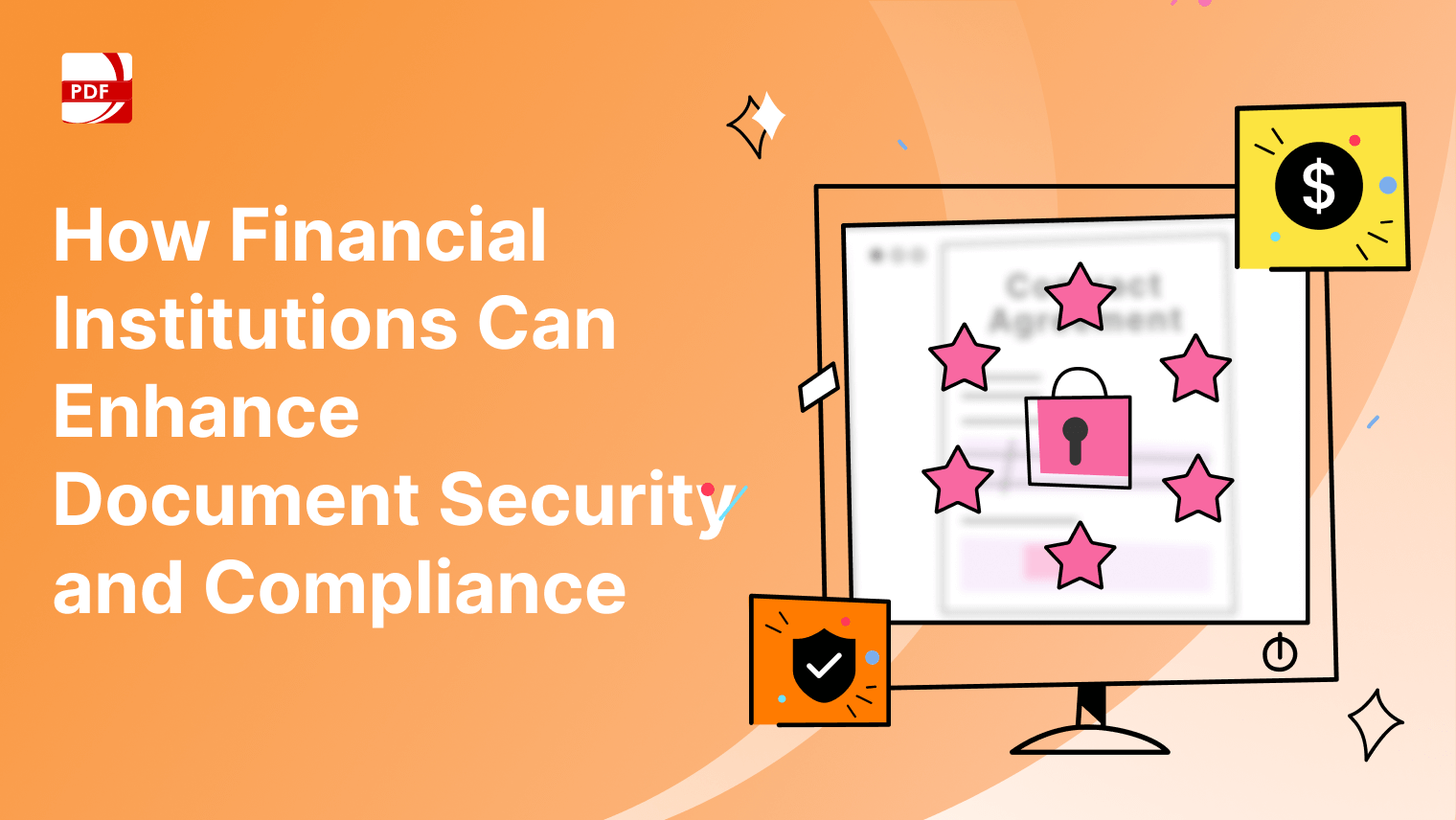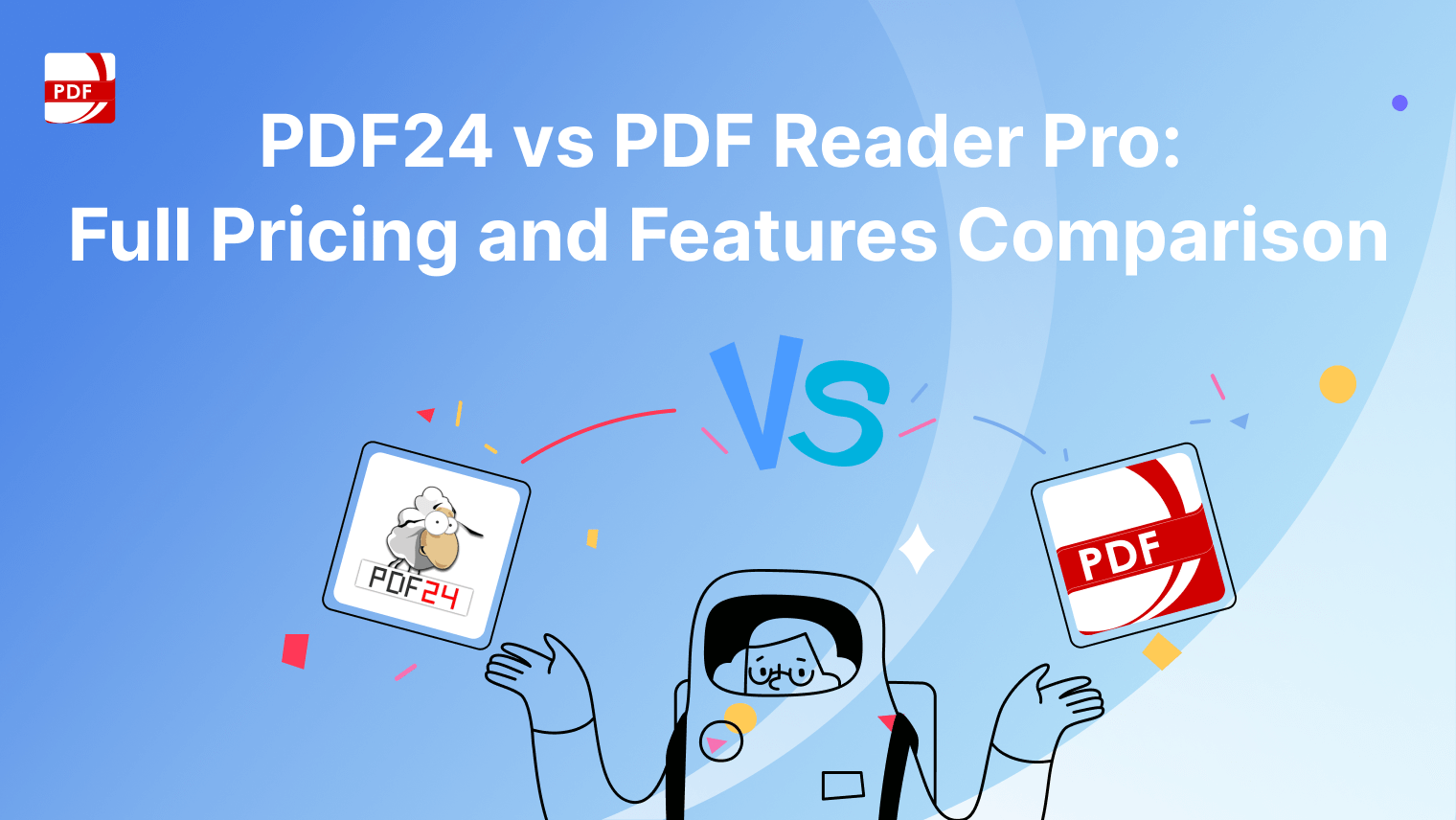Resigning from a job is a significant step in your career. It's essential to handle this transition professionally, ensuring a smooth process for both you and your employer.
Here's how you can write an effective resignation email using PDF Reader Pro's templates, incorporating key elements like formal notice, a positive note, and a structured transition period
How to Write a Resignation Email
Resigning from a job is a significant decision and requires a professional approach. A well-crafted resignation letter not only communicates your intent clearly but also leaves a positive impression on your employer.
Here's a step-by-step guide to writing a resignation letter, utilizing PDF Reader Pro's "Formal Resignation Letter PDF Template" to ensure you maintain professionalism throughout the process.
Step 1: Start with Personal Details
Begin your letter by including your personal details at the top. This should include your full name, position title, and contact details. This helps in identifying your letter as an official document.
Step 2: Address it to the Right Person
Address the letter to the appropriate person, typically your direct manager or the head of human resources. Make sure to use a formal salutation like "Dear [Name]."
Step 3: Clearly State Your Resignation
Your opening paragraph should directly state your resignation. Mention your current role and your decision to resign. For instance, "I am writing to formally resign from my position as [Your Position Title]."
Step 4: Refer to Your Employment Contract
Refer to your employment contract to determine the required notice period and mention it in your letter. This shows your adherence to the contractual obligations and helps in planning the resignation process.
Step 5: Offer a Reason (Optional)
While it's not mandatory, you can provide a brief reason for your resignation, especially if it's for personal reasons. Keep this part concise and professional.
Step 6: Discuss Current Projects
Mention your willingness to ensure a smooth transition. Talk briefly about how you plan to handle your current projects and responsibilities during your notice period.
Step 7: Express Gratitude
Include a paragraph thanking your employer for the opportunities and experiences you've had during your employer time. This helps maintain a positive relationship moving forward.
Step 8: Provide Contact Information
As you conclude, offer your personal contact details for future correspondence, if appropriate.
Step 9: Use a Template
Utilize PDF Reader Pro's "Formal Resignation Letter PDF Template" to ensure your letter is professionally formatted.
This template guides you in structuring your letter correctly and makes sure it meets the standards of a formal document.
Step 10: Review and Send
Before sending, review your letter to ensure it's clear, concise, and free of errors. Print the letter on good quality paper if delivering a physical copy, or save it as a PDF if sending digitally.
Remember, your resignation letter is a reflection of your professional demeanor. It should be concise, respectful, and considerate, ensuring you leave on good terms. Using tools like PDF Reader Pro can simplify this process, providing you with resignation letter samples and templates to help you articulate your thoughts effectively.

Explore our Teacher Resignation Letter PDF template to streamline your departure process.
Important Considerations for Resigning
Begin with a Formal Notice
Your resignation email should start with a formal notice. This includes stating your job title, the intention to resign, and the notice period as per your contract. Be concise and direct. For example, "Please accept this email as formal notice of my resignation from my position as [Your Job Title], effective [Last Working Day]."
Outline the Transition Period
A smooth transition is crucial for your team and employer. Discuss how you plan to handle your current projects and responsibilities during the notice period. Mention any transition process you've thought of to help your successor or team.
Keep a Positive Tone
It's important to leave on a positive note. Reflect on the positive experiences and career growth opportunities you had with the company. You might say, "I am grateful for the opportunities for professional and personal development that you have provided me during my time at [Company Name]."
Offer to Assist During the Transition
Offer your help during the transition period. This could involve training your replacement or documenting your current projects. Express your willingness to make the transition as seamless as possible.
Add a Personal Touch
Thank your employer for the opportunities and support. You can mention a few positive relationships and experiences that were meaningful to you. It's a professional yet personal way to end your tenure.
Conclusion and Future Endeavors
End your email by expressing your hope for your future endeavors and maintaining a professional relationship with your current employer.
Email Subject and Template
Use a clear and professional email subject, like "Resignation - [Your Name]." PDF Reader Pro can help you format your email professionally. You can find templates for resignation letters and emails that you can customize to fit your situation.
Examples and More
For more examples of resignation letters and emails, you can refer to PDF Reader Pro's extensive library. These resources provide a variety of templates and examples to suit different scenarios, ensuring you find the right words to express your decision.
Remember, a resignation email is not just a formality; it's a reflection of your professionalism. Crafting it with care and consideration using PDF Reader Pro can help maintain a positive relationship with your current employer and pave the way for your future career growth.

Learn how to write a resignation letter with our straightforward guide, ensuring a professional and amicable departure.
How to Write a Resignation Email: Best Practices
Writing a resignation email requires a balance of professionalism, clarity, and respect.
While it's a formal communication, it's also a personal one, as it marks the end of your time in employment with your current organization. Here are some best practices to guide you in writing an effective resignation email:
Keep It Professional and Simple
A resignation email should be formal and straightforward. Use a professional tone throughout and ensure the email is free from casual language or emojis. A simple resignation email gets the message across without unnecessary complexity.
Start with a Clear Subject Line
The subject line should be direct and informative. Use clear phrases like "Resignation - [Your Name]" or "Notice of Resignation." This ensures your email is recognized and given the appropriate attention.
Address Your Manager Directly
It's usually best to address the resignation email to your direct reporting manager. If you have a close working relationship, addressing them by their first name is acceptable; otherwise, use their formal title and surname.
Specify Your Last Day of Employment
Clearly state when your last day of work will be, adhering to the notice period stipulated in your contract (typically two weeks). This helps in planning the transition of your responsibilities.
Offer Thanks for the Valuable Experience
Reflect on your time with the company positively. Mention any valuable or wonderful experiences and what you've learned, showing appreciation for the opportunities you were given.
Mention the Resignation In Person If Appropriate
If you have already communicated your decision to resign in person, mention this in the email. It shows that you've followed proper etiquette in the resignation process.
Provide a Reason for Your Resignation (Optional)
While not mandatory, you may choose to briefly mention your reason for leaving, especially if it relates to your career path. Keep this part polite and positive.
Offer Assistance During the Transition
Express your willingness to help with the transition. This could include training a replacement or finishing certain projects. It's a sign of good faith and professionalism.
Include Contact Information for Further Communication
Provide your personal contact information for any necessary correspondence after your departure.
End on a Positive Note
Conclude your email by reiterating your thanks and wishing the company continued success. This leaves a lasting positive impression.
Reference Resignation Email Examples and Templates
For guidance, refer to examples of resignation emails or use templates to structure your email. PDF Reader Pro, for example, offers a compilation of resignation letter and email templates that can be very helpful.
By following these best practices, you ensure your resignation email is respectful, clear, and leaves a positive tone, reflecting well on your time in employment and paving the way for future professional relationships.
Discover how to use an AI article writer effectively with our detailed guide, enhancing your content creation process.
How to Write a Resignation Email: FAQ
What Should I Include in a Resignation Email?
A resignation email should include your intention to resign, your last day of work, a thank you for the opportunities provided, and any details about the transition period. Keeping it professional and concise is key.
How Formal Should a Resignation Email Be?
A resignation email should be formal and professional in tone. It's an official document that communicates your intent to leave the company, so it should be treated with the same professionalism as any other work-related correspondence.
Can I Resign via Email Instead of In-Person?
Yes, resigning via email is acceptable, especially if in-person meetings are difficult due to remote work or other circumstances. However, if possible, it's a good practice to inform your manager in person first.
How Much Notice Should I Give in My Resignation Email?
Typically, a two-week notice is standard, unless your contract specifies a different period. Always refer to your employment agreement to determine the required notice period.
Should I Explain Why I Am Resigning?
It's up to you whether to include the reason for your resignation. If you choose to do so, keep the explanation brief and professional, focusing on forward-looking statements rather than grievances.
Is It Necessary to Offer Help During the Transition?
While not mandatory, offering help during the transition period is a courteous and professional gesture. It could involve training your replacement or documenting your current tasks and projects.
How Do I End a Resignation Email?
End your resignation email with a statement of gratitude for the opportunity to work at the company and well-wishes for the company's future. It's important to leave on a positive note to maintain good professional relationships.
Can I Use a Template for My Resignation Email?
Using a template is a good starting point, especially if you're unsure how to structure your email. Templates ensure you include all necessary information and maintain a professional format. PDF Reader Pro, for instance, offers various templates for resignation emails.












 Free Download
Free Download  Free Download
Free Download 





 Support Chat
Support Chat 